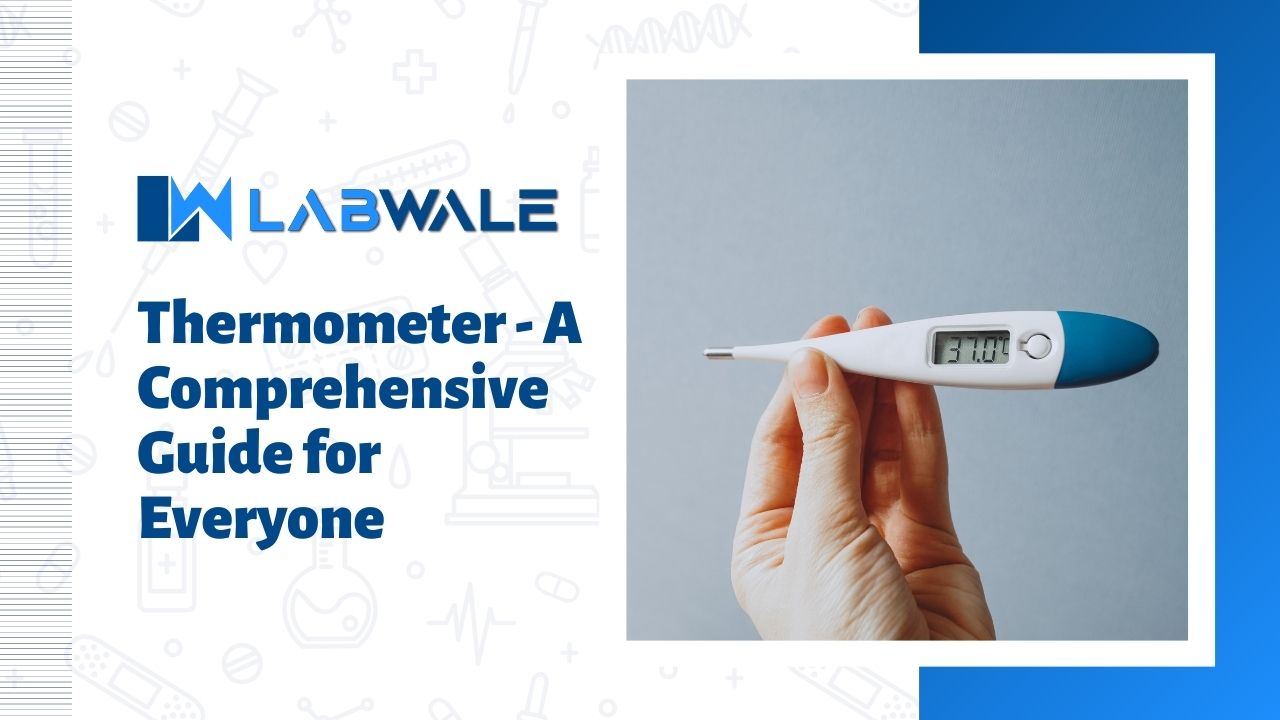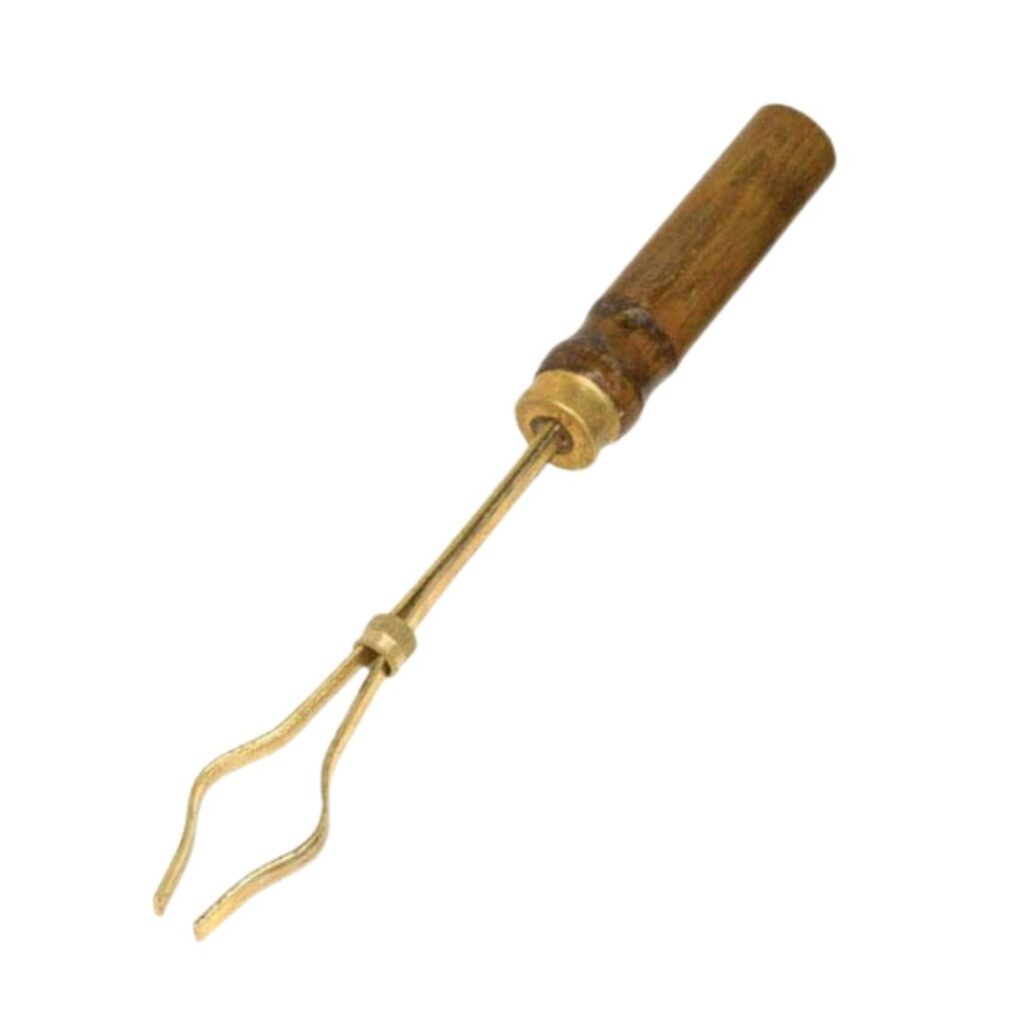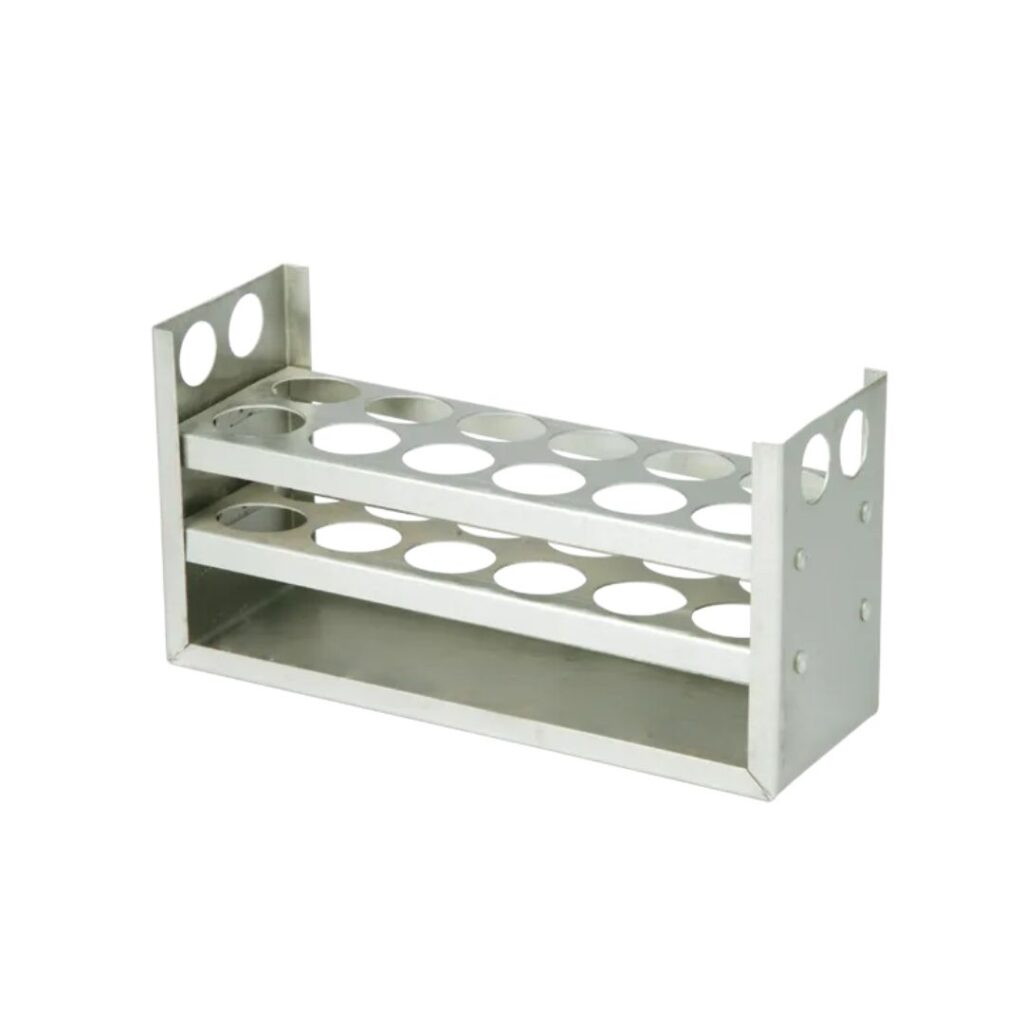-
-
 Cardiology
Cardiology
-
 Clinical Oncology
Clinical Oncology
-
 Dental
Dental
-
 Dermatology
Dermatology
-
 Ear, Nose, Throat (ENT)
Ear, Nose, Throat (ENT)
-
 Endocrinology
Endocrinology
-
 Gastroenterology
Gastroenterology
-
 General Surgery
General Surgery
-
 Gynecology & Obstetrics
Gynecology & Obstetrics
-
 Interventional Cardiology
Interventional Cardiology
-
 Nephrology
Nephrology
-
 Neurology
Neurology
-
 Oncology Surgery
Oncology Surgery
-
 Ophthalmology
Ophthalmology
-
 Orthopedics
Orthopedics
-
 Pediatrics
Pediatrics
-
 Pediatrics Surgery
Pediatrics Surgery
-
 Physiotherapy
Physiotherapy
-
 Plastic Surgery
Plastic Surgery
-
 Psychiatry & Psychology
Psychiatry & Psychology
-
 Radiology
Radiology
-
 Urology
Urology
-
 Vascular Surgery
Vascular Surgery
-
Thermometer – A Comprehensive Guide for Everyone

Contents
- What Is a Thermometer and Why It Matters
- Brief History of Thermometers and Temperature Measurement
- How Thermometers Work: Basic Principles Explained
- Different Types of Thermometers Available Today
- Mercury Thermometers: Uses, Benefits, and Risks
- Digital Thermometers: Features and Advantages
- Infrared Thermometers: Contactless Temperature Measurement
- Clinical Thermometers for Medical Use
- Laboratory Thermometers and Their Applications
- Industrial Thermometers for High-Precision Measurements
- Food Thermometers and Their Importance in Safety
- Environmental and Weather Thermometers
- Choosing the Right Thermometer for Your Needs
- Accuracy vs Precision: Understanding Temperature Readings
- Temperature Scales Explained: Celsius, Fahrenheit, and Kelvin
- Proper Usage Guidelines for Accurate Readings
- Common Mistakes While Using a Thermometer
- Cleaning, Maintenance, and Storage Tips
- Safety Precautions When Handling Thermometers
- Latest Innovations and Smart Thermometer Technology
- How to Read and Interpret Thermometer Results
- Future Trends in Temperature Measurement Devices
- Frequently Asked Questions About Thermometers
In a world where precision matters, the humble thermometer stands as a crucial tool in our daily lives. Whether you’re monitoring your child’s fever or ensuring that your cooking temperatures are just right, understanding how thermometers work can make all the difference. From ancient methods of temperature measurement to today’s advanced digital devices, thermometers have evolved significantly over time.
But what exactly is a thermometer? Why should you care about this essential gadget? As we navigate through various environments—be it medical settings, laboratories, kitchens, or even weather stations—the need for accurate and reliable temperature readings becomes increasingly apparent. This comprehensive guide will walk you through everything you need to know about thermometers: their history, types, usage tips, and more.
So grab your favorite drink and settle in! We’re about to dive into the fascinating world of thermometers—your ultimate companion for capturing heat with unparalleled accuracy.
What Is a Thermometer and Why It Matters
A thermometer is an instrument designed to measure temperature, whether it’s body heat, environmental conditions, or food safety. Its role is crucial across various fields—healthcare, culinary arts, and scientific research.
When you consider how temperature affects everything from human health to the quality of your meals, its importance becomes clear. A slight deviation can indicate a fever in someone ill or signal that meat isn’t cooked properly.
Thermometers come in many forms: mercury-filled glass tubes, digital displays with instant readings, and even infrared models for quick scans. Each type serves specific purposes but shares one common goal: providing accurate measurements.
Understanding this device empowers individuals to make informed decisions about their well-being and surroundings. Whether you’re checking the weather before heading out or monitoring your health at home, reliable temperature measurement matters more than you might think.
Brief History of Thermometers and Temperature Measurement
The journey of temperature measurement began in the early 17th century with Galileo Galilei, who created a primitive thermoscope. This device demonstrated how air expands and contracts with temperature changes but lacked a standardized scale.
In the late 1600s, Daniel Gabriel Fahrenheit invented the mercury thermometer, introducing a reliable means to gauge heat accurately. His scale laid the groundwork for modern temperature measurements.
Around the same time, Anders Celsius proposed his own version with a scale based on water’s freezing and boiling points. While initially reversed from what we know today, it pivoted towards universal acceptance over time.
By the 19th century, thermometers had evolved significantly. Innovations allowed them to serve various fields—from medicine to meteorology—making precise readings essential in countless applications. Each advancement marked an important step toward understanding thermal science better than ever before.
How Thermometers Work: Basic Principles Explained
Thermometers measure temperature by responding to changes in thermal energy. They rely on various physical principles, depending on the type.
In a traditional mercury thermometer, for instance, mercury expands when heated. As the temperature rises, it moves up a calibrated glass tube, allowing users to read the temperature directly off a scale.
Digital thermometers utilize electronic sensors that detect heat radiation from an object or person. These sensors convert analog signals into digital numbers displayed on a screen.
Infrared thermometers work differently; they gauge emitted infrared radiation without direct contact. This allows quick measurements and is ideal for situations where safety is paramount.
Each design harnesses unique properties of materials or physics principles to deliver accurate readings across diverse scenarios—whether in medicine, cooking, or environmental monitoring. Understanding these fundamentals helps you appreciate how essential this tool is in daily life.
Different Types of Thermometers Available Today
Thermometers come in various types, each designed for specific uses and situations. Understanding these options helps you choose the right one.
Mercury thermometers have been around for ages. They provide accurate readings but pose safety risks due to mercury’s toxicity.
Digital thermometers are user-friendly and quick. With just a push of a button, they deliver results in seconds—ideal for home use or clinical settings.
Infrared models offer contactless measurements, making them perfect for checking temperature without direct contact. They’re commonly used at airports or hospitals during health screenings.
Clinical thermometers focus on human body temperatures while laboratory ones measure precise conditions needed for scientific experiments.
Food thermometers ensure your meals reach safe cooking temperatures, preventing foodborne illnesses. Environmental thermometers track outdoor weather conditions with ease.
With this variety available today, finding the right thermometer is easier than ever!
Mercury Thermometers: Uses, Benefits, and Risks
Mercury thermometers have long been trusted tools for measuring temperature. Their design features a glass tube filled with mercury that expands and contracts to provide accurate readings.
One significant advantage of these thermometers is their precision. Mercury can measure subtle temperature changes, making it ideal for clinical environments and scientific research. They are often favored in laboratories where accuracy is paramount.
However, there are risks associated with mercury use. The element is toxic if released into the environment or ingested. This concern has prompted many countries to phase out mercury thermometers in favor of safer alternatives.
While some still appreciate their reliability, it’s essential to handle them carefully and dispose of them properly to prevent health hazards. With increasing awareness about safety, more users are turning towards digital options that offer convenience without the risks linked to mercury.
Digital Thermometers: Features and Advantages
Digital thermometers have transformed temperature measurement with their convenience and speed. Gone are the days of waiting for mercury to settle. With a simple press of a button, you can get an accurate reading in mere seconds.
These devices often come equipped with features like backlit displays, making them easy to read even in dim lighting. Many models include memory functions that store previous readings, which can be invaluable for tracking fevers over time or monitoring trends.
Moreover, digital thermometers are designed for versatility. They’re available as oral, rectal, and underarm options – suitable for all ages from infants to adults. Some advanced versions connect to smartphones via Bluetooth, allowing users to track temperatures digitally.
Battery-powered and lightweight, they offer portability without sacrificing accuracy. This combination makes digital thermometers not only user-friendly but also essential tools in modern healthcare settings and households alike.
Infrared Thermometers: Contactless Temperature Measurement
Infrared thermometers have revolutionized how we measure temperature. They offer a quick and efficient way to assess heat without direct contact, making them ideal for various applications.
These devices work by detecting infrared radiation emitted from an object. The thermometer converts this thermal energy into a readable temperature value on its display. This technology allows you to measure temperatures from a distance, which is especially beneficial in healthcare settings.
In addition to medical use, infrared thermometers are essential in industrial environments. They help monitor machinery and ensure safety protocols are met without risking exposure or accidents.
Users appreciate their speed; results can often be obtained within seconds. These characteristics make infrared thermometers suitable for both professional and personal use, whether you’re checking food temperatures or monitoring fever symptoms at home.
Clinical Thermometers for Medical Use
Clinical thermometers are essential tools in medical settings. They help healthcare professionals monitor patients’ body temperatures accurately to assess health conditions.
Typically, these thermometers come in various forms, including digital and infrared models. Digital thermometers provide quick readings and are user-friendly, making them ideal for both clinics and homes. Infrared options allow for non-contact measurements, which can be particularly useful during pandemics or when dealing with sensitive populations.
Accuracy is paramount in clinical settings. A slight deviation in temperature can indicate significant health issues. As such, medical staff often rely on calibrated devices that meet stringent regulatory standards.
In addition to their standard use, some clinical thermometers offer features like memory recall and fever alerts. These advancements enhance efficiency during patient assessments while ensuring timely responses to potential fevers or illnesses.
Proper training on using these instruments ensures reliable results every time they’re needed.
Laboratory Thermometers and Their Applications
Laboratory thermometers are essential instruments in scientific research and experimentation. They provide precise temperature measurements, crucial for accurate results.
These thermometers come in various forms, from glass to digital displays. Each type is designed to meet specific needs within the lab environment. For example, some are built to withstand extreme temperatures while others focus on rapid readings.
Applications range from chemistry experiments to biological studies. In chemistry labs, maintaining a controlled temperature can affect reaction rates significantly. In biology, accurate readings assist with growth conditions for cultures or monitoring enzyme activities.
Many laboratory thermometers also feature specialized scales or units tailored for particular processes. This enhances their versatility across different fields of study.
Proper calibration is vital for reliable results. Regular checks ensure that these instruments maintain their accuracy over time and deliver trustworthy data when it matters most.
Industrial Thermometers for High-Precision Measurements
Industrial thermometers are vital tools in various manufacturing and processing sectors. They provide precise temperature readings essential for quality control.
These devices come in several forms, including bimetallic, resistance temperature detectors (RTDs), and thermocouples. Each type offers unique advantages tailored to specific industrial applications.
Bimetallic thermometers are often used in environments where durability is crucial. Their robust design makes them suitable for harsh conditions while maintaining accuracy.
On the other hand, RTDs deliver exceptional precision over a wide range of temperatures. This makes them ideal for processes requiring stringent thermal management.
Thermocouples offer rapid response times, making them perfect for dynamic settings where temperatures fluctuate quickly. Their versatility allows use across various industries from food production to pharmaceuticals.
Choosing the right industrial thermometer can significantly impact operational efficiency and product safety through consistent monitoring of critical parameters.
Food Thermometers and Their Importance in Safety
Food thermometers play a crucial role in ensuring food safety. They help prevent foodborne illnesses by confirming that meals reach safe temperatures.
When cooking meats, poultry, or seafood, using a thermometer can mean the difference between a delicious meal and potential health risks. Undercooked items may harbor harmful bacteria that thrive at lower temperatures.
Different types of food thermometers are available—instant-read, probe, and digital models—with each offering unique benefits for various cooking methods. Their ease of use allows even novice cooks to achieve perfect doneness consistently.
Beyond just meat, these devices are essential when preparing dishes like casseroles or baking bread. Ensuring internal temperatures meet safety standards protects family and friends during gatherings.
In today’s culinary landscape, understanding the importance of temperature control is key to enjoying safe and flavorful dishes every time you cook.
Environmental and Weather Thermometers
Environmental and weather thermometers play a crucial role in monitoring our planet’s conditions. These devices help us understand temperature fluctuations that affect ecosystems, agriculture, and daily life.
Used widely in meteorology, these thermometers measure outdoor temperatures accurately. They often feature protective housings to shield against direct sunlight or precipitation. This ensures reliable readings regardless of external factors.
Many modern versions come equipped with digital displays for easy reading. Some connect to smartphones or computers, providing real-time data directly from the field.
Gardeners and farmers utilize these thermometers to make informed decisions about planting times and crop management. They can anticipate frost events or heatwaves by tracking temperature trends over time.
By using environmental thermometers, we gain valuable insights into climate patterns and seasonal changes—a necessity as we navigate an ever-evolving world.
Choosing the Right Thermometer for Your Needs
Selecting the right thermometer can be a daunting task, given the multitude of options available. Start by identifying your primary use—medical, culinary, industrial, or environmental.
For medical purposes, digital thermometers are often recommended for their speed and ease of use. If you’re measuring food temperatures, consider an instant-read thermometer to ensure safety while cooking.
Infrared models offer convenience for quick surface temperature checks without contact. They’re perfect for busy kitchens or when dealing with kids who may resist traditional methods.
Industrial applications require precision; look into laboratory-grade thermometers that withstand extreme conditions.
Think about features like backlit displays or smartphone connectivity if modern tech appeals to you. Choosing wisely will enhance both accuracy and efficiency in your specific needs.
Accuracy vs Precision: Understanding Temperature Readings
Accuracy and precision are often confused, yet they play distinct roles in temperature measurement.
Accuracy refers to how close a thermometer’s reading is to the true value. For instance, if your thermometer shows 98.6°F when you have an actual body temperature of 98.6°F, it’s accurate.
Precision, on the other hand, indicates consistency across multiple readings. If that same thermometer reads 98.5°F consistently during several checks but isn’t exactly right, it’s precise but not accurate.
Both factors are vital for reliable measurements in various settings—medical diagnostics or scientific research rely heavily on knowing both aspects well.
Understanding these differences helps in choosing the right device for specific applications and ensures more dependable results every time you check temperatures.
Temperature Scales Explained: Celsius, Fahrenheit, and Kelvin
Temperature scales serve as the foundation for how we measure heat in our daily lives. The most commonly used are Celsius, Fahrenheit, and Kelvin.
Celsius is widely embraced around the world, particularly in scientific contexts. It sets the freezing point of water at 0 degrees and boiling at 100 degrees under standard atmospheric conditions.
Fahrenheit is primarily used in the United States. In this scale, freezing occurs at 32 degrees while boiling happens at 212 degrees. This can be confusing to those accustomed to Celsius.
Kelvin stands apart by starting from absolute zero—where molecular motion ceases—at 0 K. It’s vital in scientific fields like physics because it provides an unambiguous way to measure thermal energy without negative numbers.
Each scale has its unique applications depending on cultural and scientific needs, making understanding them essential for effective communication about temperature.
Proper Usage Guidelines for Accurate Readings
To achieve accurate readings with a thermometer, proper usage is crucial. Always start by ensuring the device is clean and calibrated. A dirty or uncalibrated thermometer can lead to misleading results.
For oral thermometers, wait at least 15 minutes after eating or drinking before taking a measurement. This prevents external factors from affecting the reading.
When using rectal thermometers, make sure they are specifically designed for that purpose. Insert gently and ensure the tip has lubricant for comfort and safety.
If you’re measuring temperature in liquids or environments, immerse the sensor fully but avoid touching sides of containers which can skew results.
Always follow manufacturer instructions closely for best practices specific to your model. Taking note of ambient conditions can also help interpret variations in readings effectively.
Common Mistakes While Using a Thermometer
Using a thermometer may seem straightforward, but common mistakes can lead to inaccurate readings. One frequent error is not allowing the device enough time to stabilize. Rushing this process often results in misleading data.
Another mistake involves improper placement of the thermometer. For oral thermometers, it’s crucial to keep them under the tongue for an adequate period. Similarly, rectal or axillary placements must be precise for accurate outcomes.
Failing to clean the thermometer before and after each use can introduce bacteria or affect measurements. Always ensure that your device is thoroughly sanitized between uses.
Temperature calibration is also essential yet often overlooked. Regularly checking if your thermometer needs calibration helps maintain accuracy over time.
Misunderstanding temperature scales can lead to confusion when interpreting results; knowing whether you’re reading Celsius or Fahrenheit matters significantly in clinical settings or home use alike.
Cleaning, Maintenance, and Storage Tips
Keeping your thermometer in top shape is crucial for accurate readings. Start by regularly cleaning the probe or sensor with a soft cloth and mild soap. Avoid harsh chemicals that could damage delicate components.
For digital thermometers, remove batteries if you won’t use them for an extended period. This prevents corrosion and maintains battery life.
Store your thermometer in a protective case or pouch, especially when traveling. A stable environment reduces wear and tear on internal parts.
Check calibration periodically to ensure precision. Some models come with built-in calibration features; others require manual adjustments according to manufacturer guidelines.
Avoid exposing your thermometer to extreme temperatures or humidity levels during storage. Keeping it in a drawer at room temperature can help prolong its lifespan while ensuring reliable performance when you need it most.
Safety Precautions When Handling Thermometers
When handling thermometers, safety should always be a priority. Start by ensuring that your hands are clean and dry before touching the device. This simple step can prevent contamination.
For mercury thermometers, exercise extra caution. If broken, the mercury is hazardous. Avoid direct contact with it and follow local guidelines for cleanup. Always store these devices upright in a protective case to minimize the risk of breakage.
Digital thermometers often have batteries that can leak if mishandled. Check for any signs of damage or corrosion before use.
If using infrared models, maintain an appropriate distance from surfaces to get accurate readings without compromising safety.
After use, sanitize your thermometer according to manufacturer instructions to avoid cross-contamination among users or different applications. Keeping all these precautions in mind ensures safe and effective temperature monitoring across various contexts.
Latest Innovations and Smart Thermometer Technology
The landscape of thermometer technology is rapidly evolving. Smart thermometers are at the forefront, integrating advanced features that enhance user experience and accuracy.
These devices often connect to smartphones via Bluetooth or Wi-Fi. This connectivity allows users to track temperature readings over time, providing insights into health trends.
Many smart thermometers come equipped with touchless functionality. This feature makes them particularly appealing for families with young children or during flu season, minimizing contact while ensuring accurate measurements.
Some models utilize artificial intelligence algorithms to analyze data and provide personalized health advice. They can even remind you when it’s time for medication based on recorded fevers.
Additionally, many brands are focusing on sleek designs that blend seamlessly into modern homes. The combination of aesthetics and technology appeals to a wider audience seeking both style and functionality in their healthcare tools.
How to Read and Interpret Thermometer Results
Reading and interpreting thermometer results is essential for accurate temperature assessment. First, ensure you’re looking at the right scale—Celsius or Fahrenheit—depending on your needs.
When using a digital thermometer, wait for the reading to stabilize before taking note of it. Digital displays are straightforward; they present the temperature clearly.
For mercury thermometers, hold them eye-level to avoid parallax errors. Gently shake it down if necessary, ensuring you’re not overly forceful.
Pay attention to decimal points when dealing with precise measurements, especially in laboratory settings where even slight variations matter significantly.
Understanding normal ranges is crucial too. For human body temperatures, typical readings hover around 36.1°C to 37.2°C (97°F – 99°F). Abnormal values can indicate underlying health concerns requiring further investigation.
Different contexts have unique benchmarks as well; food safety standards differ from clinical guidelines. Always consider these factors while interpreting results effectively.
Future Trends in Temperature Measurement Devices
The future of temperature measurement devices is set to change dramatically. Innovations in technology are paving the way for smarter and more efficient solutions. Wearable thermometers will likely become commonplace, allowing constant monitoring without disrupting daily life.
Moreover, artificial intelligence is making its mark. AI algorithms can analyze temperature data in real time, providing insights that go beyond mere readings. This could enhance healthcare management significantly.
Integration with smart home systems also appears promising. Imagine a thermometer that syncs with your home automation setup to adjust heating or cooling based on precise body temperatures.
Furthermore, advancements in materials science may lead to more durable and flexible sensors, enhancing their usability across various environments—from hospitals to kitchens and beyond.
With these trends taking shape, the landscape of temperature measurement promises not only convenience but improved accuracy and reliability as well.
Frequently Asked Questions About Thermometers
When it comes to thermometers, questions often arise. Here are some frequently asked ones that can help clarify any uncertainties.
What is the best type of thermometer for home use?
It largely depends on your needs. Digital thermometers are user-friendly and quick. They’re excellent for general household use, while infrared models offer contactless options ideal for children.
Are mercury thermometers safe to use?
Mercury thermometers have been widely phased out due to safety concerns regarding mercury exposure. It’s best to opt for digital or alcohol-based alternatives that provide accurate readings without health risks.
How do I ensure my thermometer is accurate?
Regular calibration against a standard reference temperature can help maintain accuracy. Always follow manufacturer guidelines and check batteries in digital models periodically.
Can I use a food thermometer for body temperature?
While both measure temperature, they serve different purposes and should not be interchanged. A food thermometer might give inaccurate readings when used on humans and vice versa.
What should I do if my thermometer gives an unusual reading?
If you suspect an error, recalibrate or replace the batteries before retesting. Always consult with professionals if uncertainty persists; reliable measurements are crucial in medical situations or cooking scenarios.


 Anatomy Lab Equipments
Anatomy Lab Equipments
 Biochemistry Lab Equipments
Biochemistry Lab Equipments
 Biology Lab Equipments
Biology Lab Equipments
 Chemistry Lab Equipments
Chemistry Lab Equipments
 Cytology Lab Equipments
Cytology Lab Equipments
 Cytopathology Lab Equipments
Cytopathology Lab Equipments
 Dental Lab Equipments
Dental Lab Equipments
 Forensic Lab Equipments
Forensic Lab Equipments
 Genetics Lab Equipments
Genetics Lab Equipments
 Hematology Lab Equipments
Hematology Lab Equipments
 Histology Lab Equipments
Histology Lab Equipments
 Histopathology Lab Equipments
Histopathology Lab Equipments
 Mathematics Lab Equipments
Mathematics Lab Equipments
 Microbiology Lab Equipments
Microbiology Lab Equipments
 Molecular Biology Lab Equipments
Molecular Biology Lab Equipments
 Pathology Lab Equipments
Pathology Lab Equipments
 Pharmaceutical Lab Equipments
Pharmaceutical Lab Equipments
 Physics Lab Equipments
Physics Lab Equipments
 Radiology Lab Equipments
Radiology Lab Equipments
 Science Lab Kit’s
Science Lab Kit’s
 Toxicology Lab Equipments
Toxicology Lab Equipments

 Borosilicate Glass Beaker
Borosilicate Glass Beaker
 Plastic Beaker (Euro Design)
Plastic Beaker (Euro Design)
 Plastic Beaker (Printed Graduation)
Plastic Beaker (Printed Graduation)
 Test Tube Brush
Test Tube Brush
 Measuring Cylinder Brush
Measuring Cylinder Brush
 Conical Flask Brush
Conical Flask Brush
 Volumetric Flask Brush
Volumetric Flask Brush
 Round Bottom Flask Brush
Round Bottom Flask Brush
 Glass Beaker Brush
Glass Beaker Brush
 Pipette Brush
Pipette Brush
 Wash Bottle Brush
Wash Bottle Brush
 Borosilicate Büchner Flask
Borosilicate Büchner Flask
 Borosilicate Erlenmeyer/Conical Flask
Borosilicate Erlenmeyer/Conical Flask
 Borosilicate Pear-Shaped Flask
Borosilicate Pear-Shaped Flask
 Borosilicate Round Bottom Flask
Borosilicate Round Bottom Flask
 Plastic Conical Flask
Plastic Conical Flask
 Plastic Volumetric Flask
Plastic Volumetric Flask
 Bunsen Burner
Bunsen Burner
 Spirit Lamp
Spirit Lamp
 Borosilicate Glass Burette
Borosilicate Glass Burette
 Plastic Burette
Plastic Burette
 Capillary Tube
Capillary Tube
 Centrifuge Tube
Centrifuge Tube
 Test Tube
Test Tube
 Ria Vial
Ria Vial
 Vacutainer Tubes
Vacutainer Tubes
 Syringes
Syringes
 Student Microscope
Student Microscope
 Binocular Microscope
Binocular Microscope
 Dissecting Microscope
Dissecting Microscope
 Microscope Glass Slides
Microscope Glass Slides
 Cover Slip
Cover Slip
 Inoculating Loop
Inoculating Loop
 Slide Box
Slide Box
 Lamps
Lamps
 Oils
Oils
 Beaker Tongs
Beaker Tongs
 Crucible Tongs
Crucible Tongs
 Flask Tongs
Flask Tongs
 Borosilicate Glass Funnel
Borosilicate Glass Funnel
 Plastic Funnels
Plastic Funnels
 Wash Bottle
Wash Bottle
 Borosilicate Glass Reagent Bottle
Borosilicate Glass Reagent Bottle
 Plastic Reagent Bottle
Plastic Reagent Bottle
 Borosilicate Measuring Cylinder
Borosilicate Measuring Cylinder
 Plastic Measuring Cylinder
Plastic Measuring Cylinder
 Borosilicate Glass Graduated Pipette
Borosilicate Glass Graduated Pipette
 Borosilicate Glass Volumetric Pipette
Borosilicate Glass Volumetric Pipette
 HB Pipette
HB Pipette
 Pasteur Pipette
Pasteur Pipette
 Micropipettes
Micropipettes
 Micropipette Tips
Micropipette Tips
 Filter Paper
Filter Paper
 Litmus Paper
Litmus Paper
 pH Paper
pH Paper
 Chromatography Paper
Chromatography Paper
 Plastic Petri Plates (Sterile)
Plastic Petri Plates (Sterile)
 Glass Petri Plates (Non-Sterile)
Glass Petri Plates (Non-Sterile)
 Safety Goggles
Safety Goggles
 Lab Coats
Lab Coats
 Gloves
Gloves
 Masks
Masks
 Shoe Covers
Shoe Covers
 Hair & Beard Covers
Hair & Beard Covers
 Steel Spatula
Steel Spatula
 Plastic Spatula
Plastic Spatula
 Hitachi Sample Cup
Hitachi Sample Cup
 Plastic Scoop
Plastic Scoop
 Plastic Medicine Cup
Plastic Medicine Cup
 Dissecting Tool Kit
Dissecting Tool Kit
 Dissecting Forceps
Dissecting Forceps
 Hemostatic Forceps
Hemostatic Forceps
 Thumb Forceps / Tweezers
Thumb Forceps / Tweezers
 Blood Culture Bottle
Blood Culture Bottle
 Urine Container
Urine Container
 Wooden Swab Stick
Wooden Swab Stick
 Test Tube Holder
Test Tube Holder
 Test Tube Racks
Test Tube Racks
 Magnifying Glass
Magnifying Glass
 Watch Glass
Watch Glass
 Mortar and Pestle
Mortar and Pestle
 Coplin Jar
Coplin Jar
 Plastic Stirrer
Plastic Stirrer
 Glass Stirrer
Glass Stirrer
 Crucible
Crucible
 Tripod
Tripod
 Wire Mesh
Wire Mesh
 Laboratory Thermometer
Laboratory Thermometer
 Tourniquet
Tourniquet
 Alcohol Swab
Alcohol Swab
 Blood Lancet
Blood Lancet
 Bandage
Bandage
 Gloves & Masks
Gloves & Masks















 Cardiology
Cardiology Clinical Oncology
Clinical Oncology






